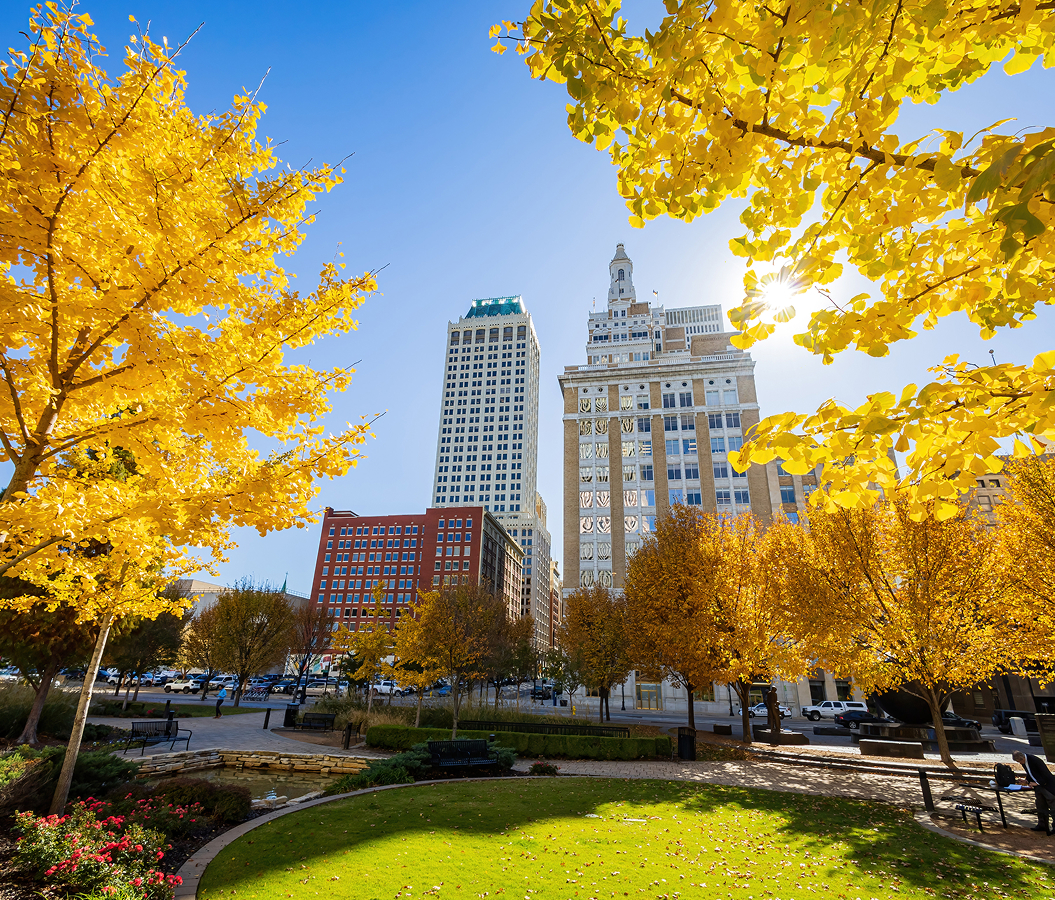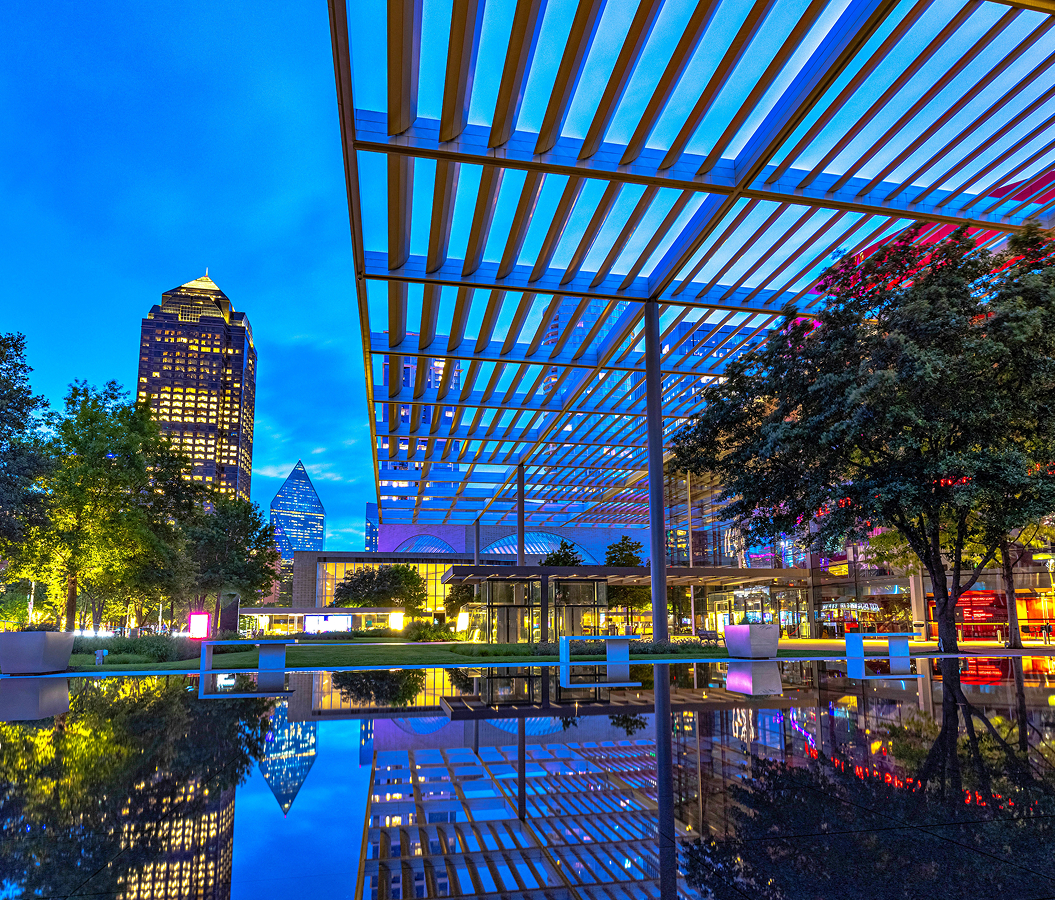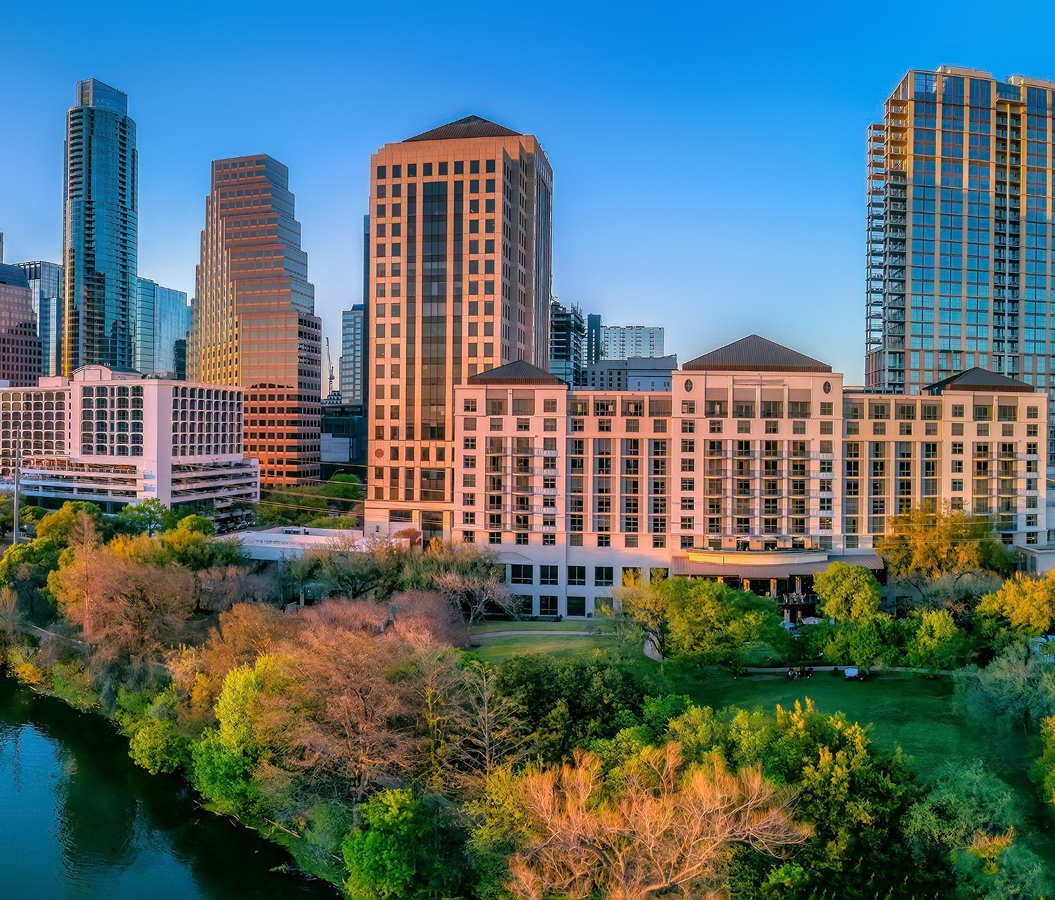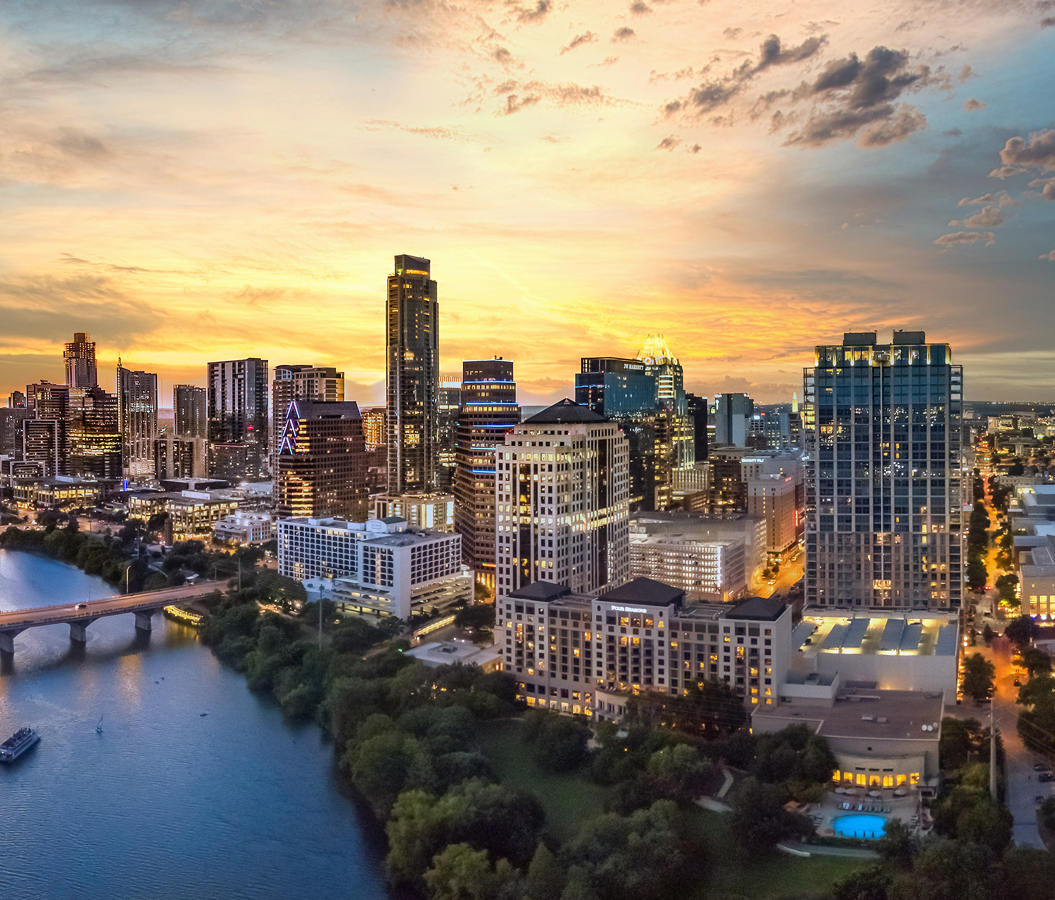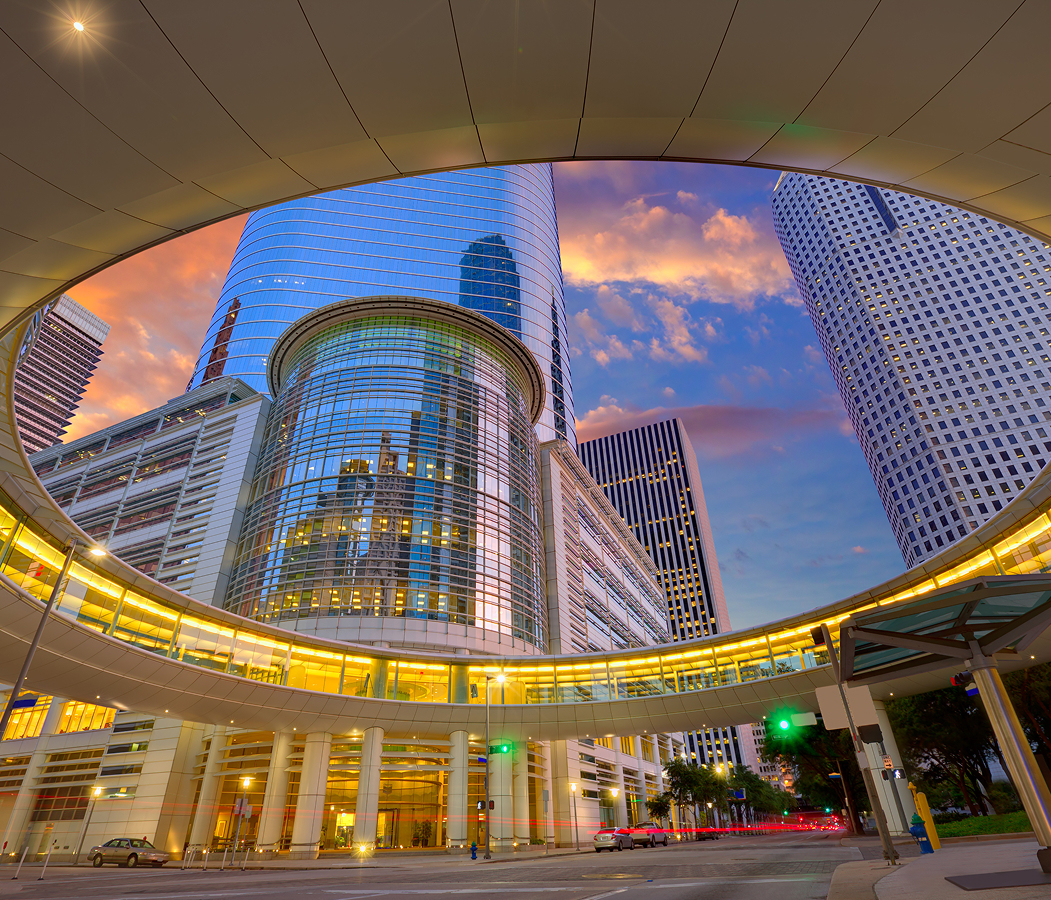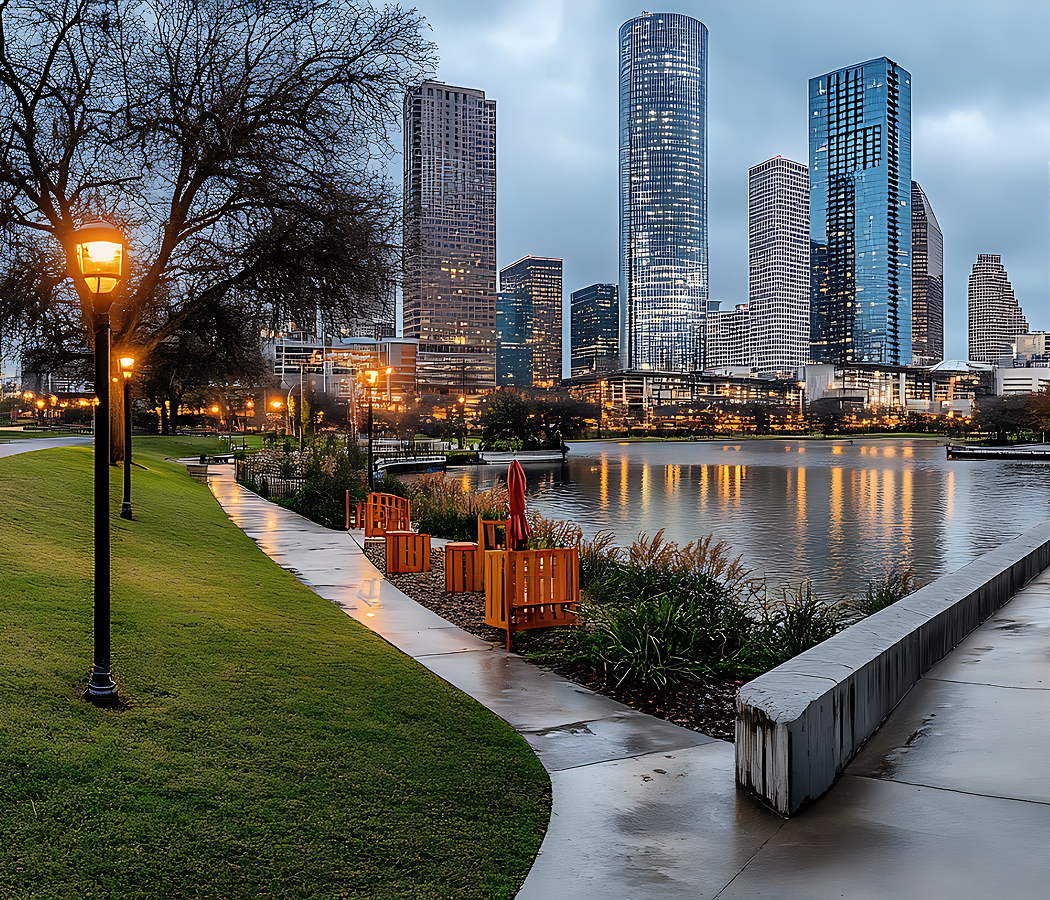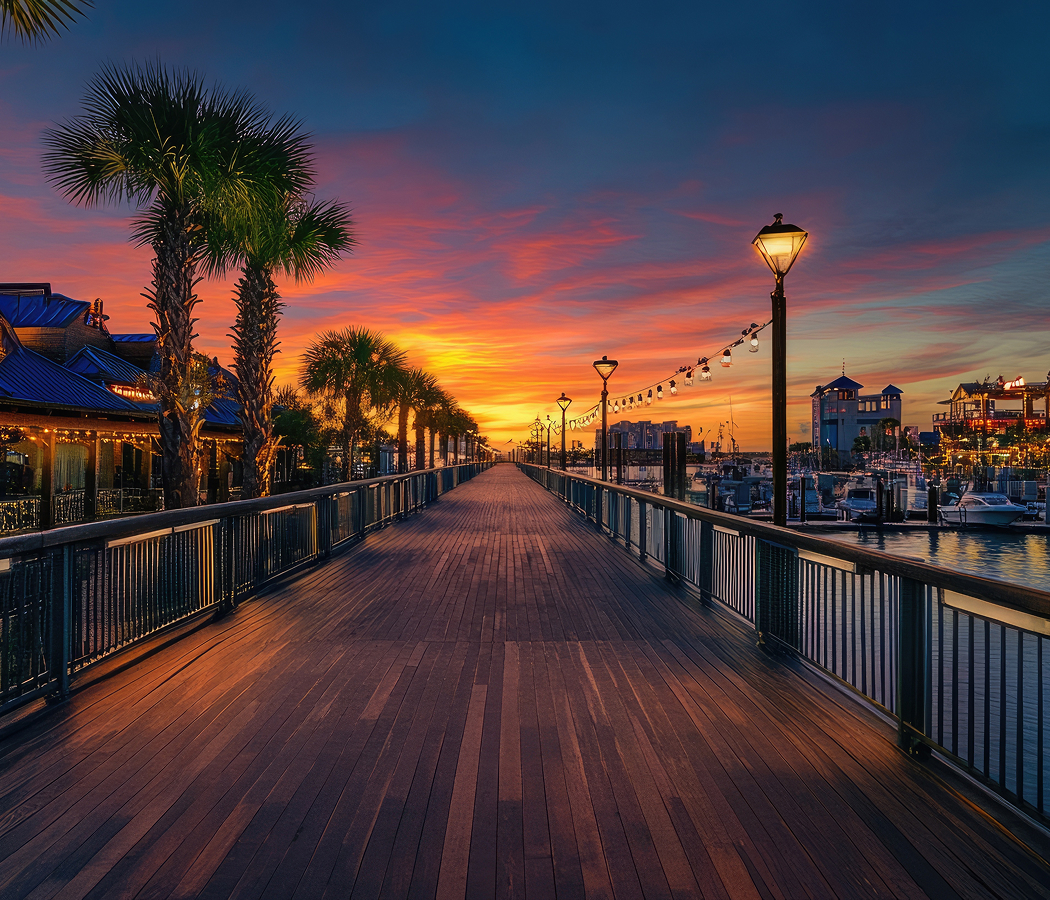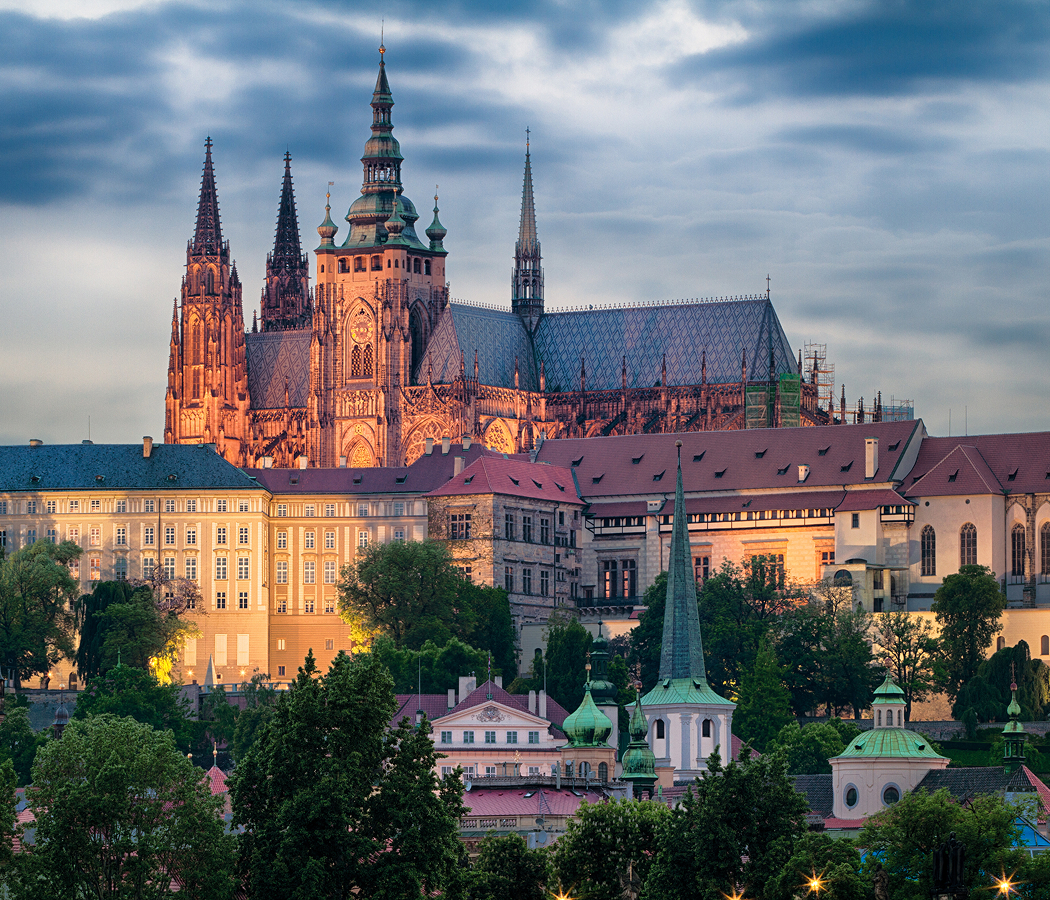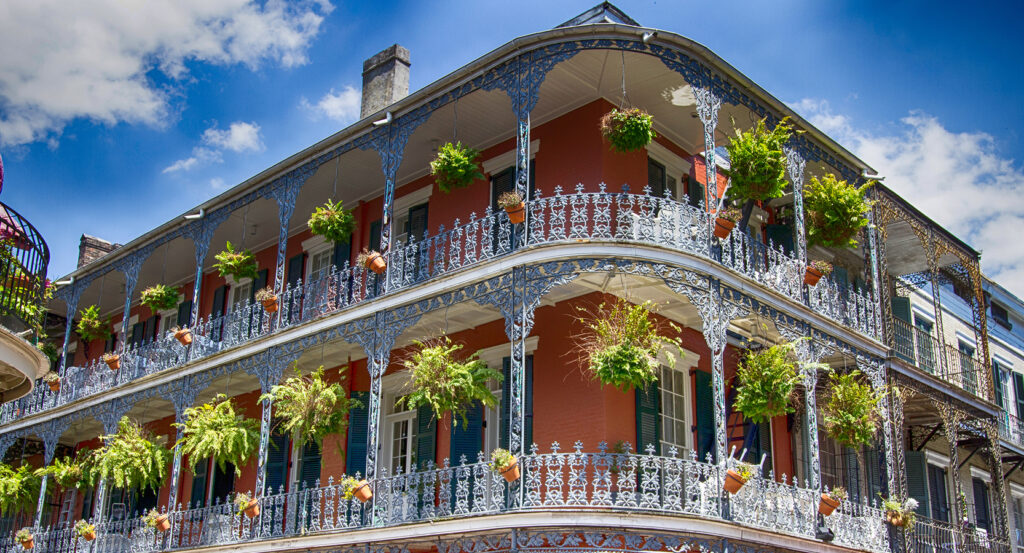
Why you should experience Frenchmen Street in New Orleans.
Frenchmen Street isn’t just a nightlife destination, it’s the heartbeat of New Orleans, where jazz still breathes through brass, and the soul of the city plays on long after midnight.
Stretching through the Faubourg Marigny neighborhood just beyond the French Quarter, Frenchmen Street feels like stepping into a living song, an improvisation of sound, rhythm, and spirit that never repeats the same way twice. Neon glows from the façades of century-old Creole cottages, their porches and windows flung open to the pulse of live music pouring into the warm Louisiana air. Street artists paint beneath lamplight, poets scrawl verses on typewriters, and locals sway to brass bands that seem to materialize from nowhere. Here, the music isn’t performance, it’s communion. Whether it’s the wail of a saxophone at The Spotted Cat, the syncopated drums echoing from Blue Nile, or an impromptu jam session spilling onto the street, Frenchmen feels alive in a way few places on Earth ever do. It’s New Orleans stripped to its essence, spontaneous, soulful, and endlessly human.
What you didn’t know about Frenchmen Street.
Behind its late-night energy lies a deep, historic rhythm, one born from culture, migration, and resilience.
Frenchmen Street sits at the edge of the old Creole suburb of Faubourg Marigny, a neighborhood established in the early 19th century by Bernard de Marigny, a flamboyant Creole aristocrat who subdivided his family plantation into streets and squares. Over the centuries, the area evolved from a genteel enclave into a melting pot of cultures, Creole, African, Caribbean, and European, each leaving their imprint on its architecture and sound. While Bourbon Street commercialized, Frenchmen remained authentic, a refuge for musicians and locals who kept the city’s creative spirit alive. After Hurricane Katrina, it became a symbol of resilience, a space where artists rebuilt not just their livelihoods but the collective heartbeat of New Orleans itself. The street’s venues, many family-owned, many with generations of musicians behind them, carry legacies older than the jazz they play. To walk Frenchmen is to walk through layers of history, sound, and survival, a reminder that culture isn’t curated here; it’s lived.
How to fold Frenchmen Street into your trip.
To truly experience Frenchmen Street, don’t make a plan, make time.
Arrive just before sunset, when the sky glows pink above the rooftops and the first notes begin to rise. Start your night at a small café or bar, maybe d.b.a. for craft beer and live brass, or The Spotted Cat for a set that will make your heart ache. Wander in and out of venues; most have no cover, and the music flows freely between doorways. Step into the open-air art market tucked behind the street, where local painters and jewelers showcase their work under strings of lights. Between sets, grab a late-night plate of jambalaya or a po’ boy from a nearby vendor, and listen to the rhythm of the street itself, the laughter, the chatter, the trumpet riffs fading into the night. Stay late, long after the tourists drift away, and you’ll find the street’s true self, musicians gathered on corners, friends lingering over one last drink, the music softer but no less alive. Frenchmen Street in New Orleans isn’t just a stop, it’s a state of being, the living, breathing proof that joy always finds a way to play on.
Hear it from the Foresyte community.
Bourbon’s loud but frenchmen’s alive. You end up dancing with perfect strangers, sweating through your shirt and somehow going back for more.
Where meaningful travel begins.
Start your journey with Foresyte, where the planning is part of the magic.
Discover the experiences that matter most.







